
Somalia’s (eternal) election conundrum: time for a realistic assessment
Having worked on and studied election processes in Somalia since

Having worked on and studied election processes in Somalia since
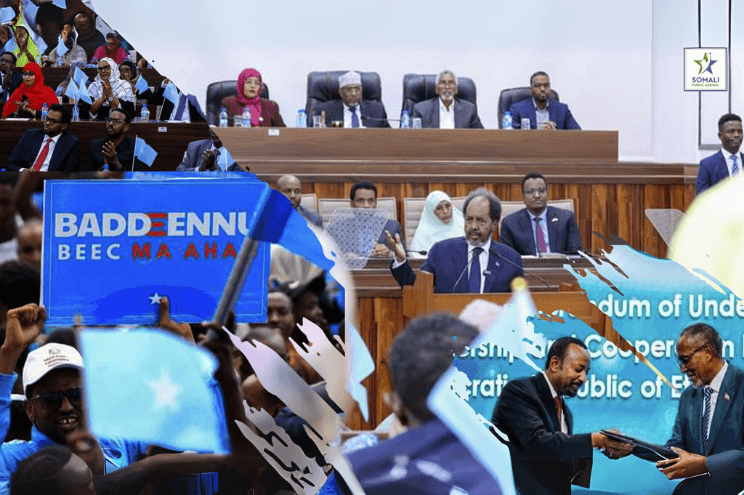
Inkastoo ay dowladda federaalka diiradda saartay diblomaasiyadda iyo abaabulka dadweynaha,

While the FGS has so far focused on diplomacy and
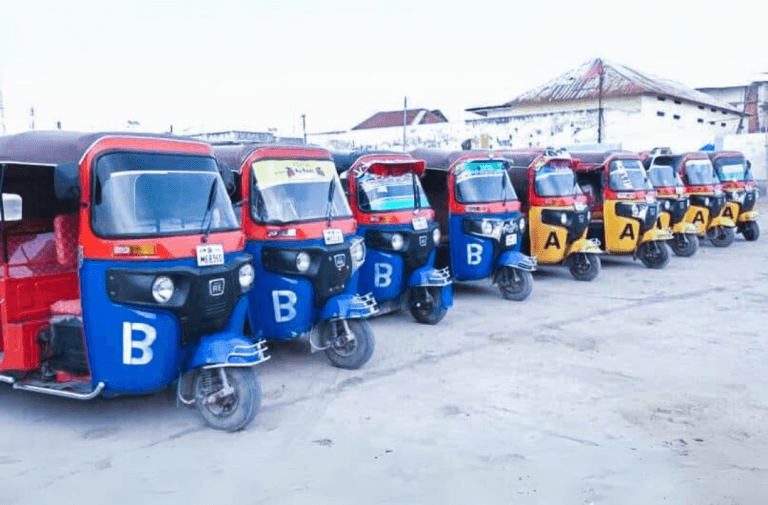
Dhammaadkii bishii Maarso 2023, Golaha Wasiirada ee Xukuumada Federaalka Soomaaliya

At the end of March 2023, the Council of Ministers
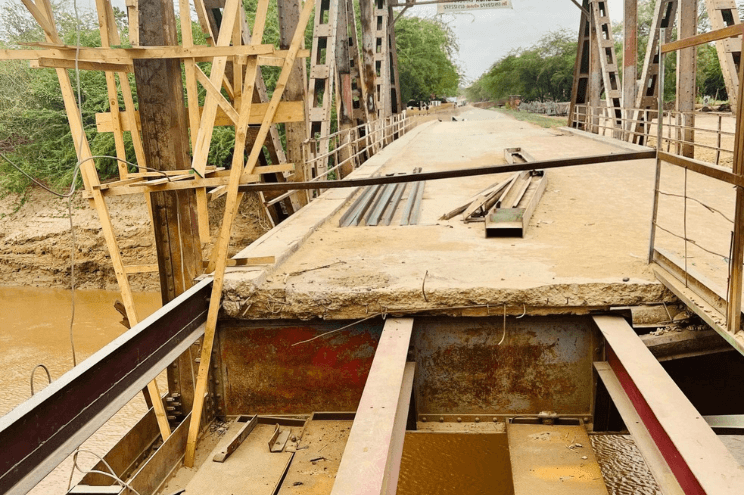
In this commentary, I contend that Somalia’s public sector continues
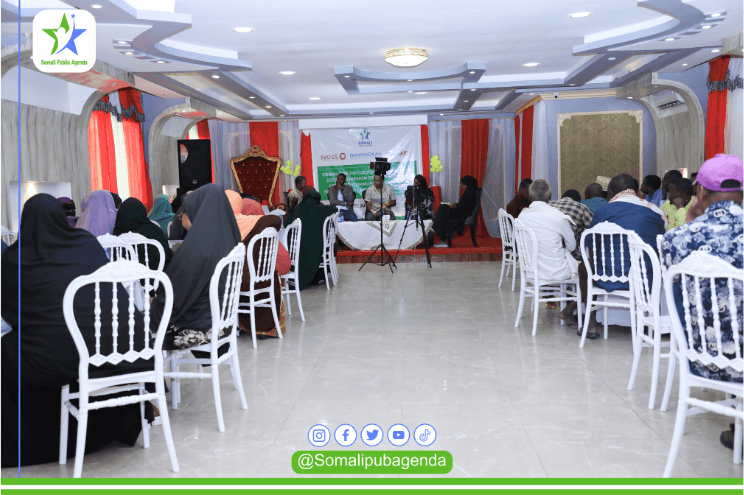
This commentary examines the issue of clan-based marginalization experienced among
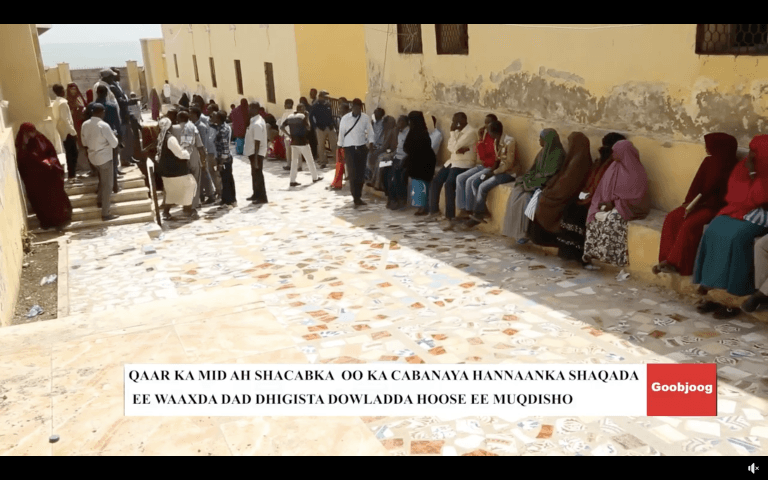
Inta badan ka qeybgalayaasha oo ahaa dhallinyaro, waxa ay horay

The vast majority of the participants, who were youth, had
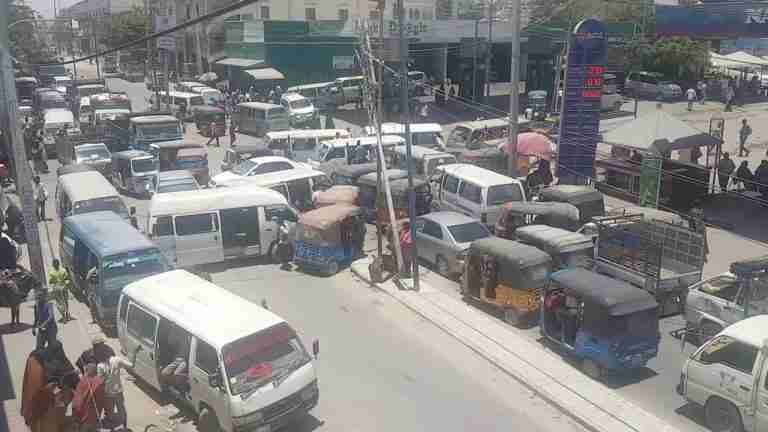
Waxyaalaha sababay caqabadaha isu-socodka magaalada Muqdisho waxaa kamid ah amni
Somali Public Agenda is a non-profit public policy and administration research organization based in Mogadishu. Its aim is to advance understanding and improvement of public administration and public services in Somalia through evidence-based research and analysis.
Stay updated on governance and public services in Somalia!